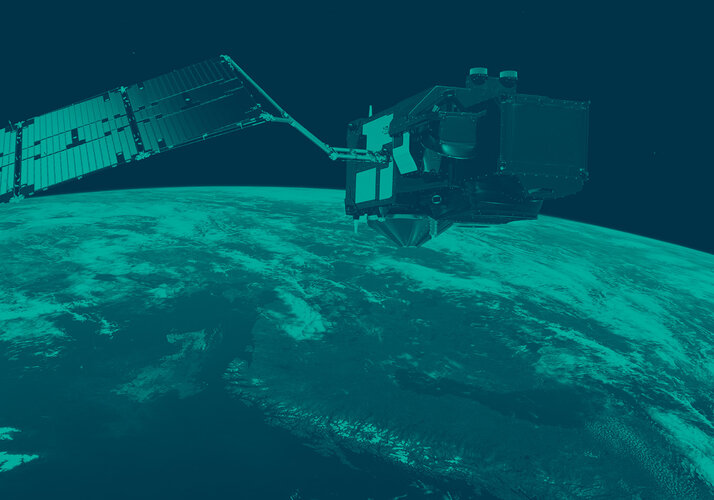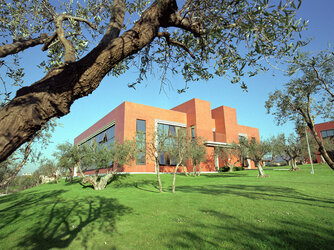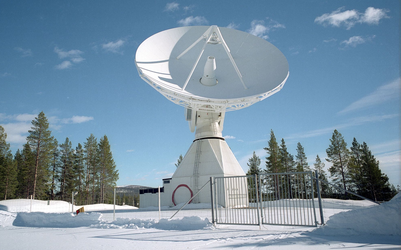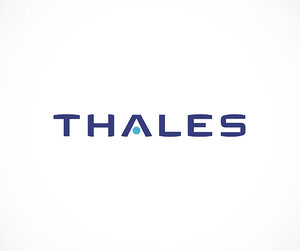Facts and figures
Name: Fluorescence Explorer (FLEX)
Objectives: To provide global measurements of vegetation fluorescence; to quantify photosynthetic activity and plant stress by mapping vegetation fluorescence; to advance our understanding of the functioning of the photosynthetic machinery and the actual health and performance of terrestrial vegetation; and to generate monthly global maps with a spatial resolution of 300 m × 300 m and a swath width of 150 km.
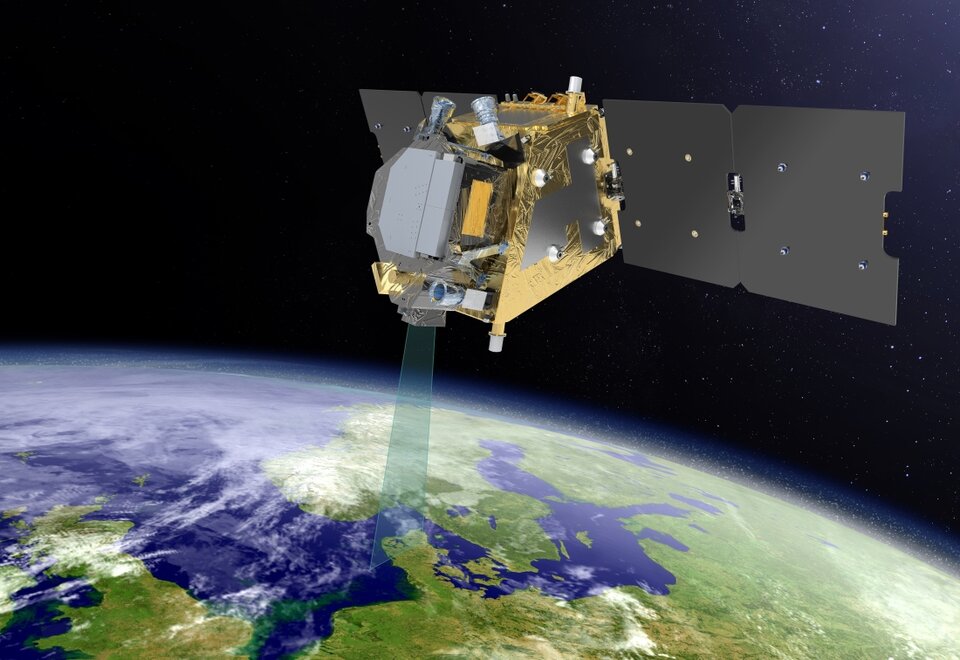
Instrument: The Fluorescence Imaging Spectrometer (FLORIS) is a high-resolution imaging spectrometer operating in pushbroom mode. It will acquire data in the 500–780 nm spectral range, with a sampling of: 0.1 nm in the oxygen bands O2-A (759 –769 nm) and O2-B (686–697 nm); 2.0 nm in the chlorophyll absorption band (600–677 nm) and Photochemical Reflectance Index band (500 –600 nm) bands; 0.5–0.65 nm in the rest of the spectral range
Satellite: The satellite is based on a small platform with recurring Myriade evolution mechanical configuration and Copernicus Sentinel-3 avionics. It measures 1.5 m high x 1.2 m wide x 1.2 m long in launch configuration with the Floris instrument mounted on the top panel. There are two solar array panels on each side of the main body. When deployed in orbit this results in a total width of 5.2 m.
Mass: ~460 kg (including 140 kg instrument and 30 kg propellant)
Power: ~700 W (EOL) deployable solar array with ~40 Ah (EOL) Li-ion battery
Life: 3.5 years (plus a three-month commissioning phase) to cover at least three seasonal vegetation cycles on the northern and southern hemispheres
Launch: Not earlier than 2026 on a Vega-C rocket from Kourou, French Guiana
Orbit: Sun-synchronous at an altitude of 814 km and an inclination of 98.64° with a 27-day repeat cycle
Tandem: The FLEX satellite orbits 100 km ahead of a Copernicus Sentinel-3 satellite, which provides additional measurements of the atmosphere and land surface
Mission control: ESA’s European Space Operations Center (ESOC) in Darmstadt, Germany, and in coordination with EUMETSAT for tandem flight with Copernicus Sentinel-3.
Ground stations: Svalbard and Norway for science data (X-band) and Kiruna in Sweden for telemetry (S-band)
Data: ESA’s Centre for Earth Observation (ESRIN) in Frascati, Italy
Project: Mission development and commissioning managed at ESA’s European Space research and Technology Centre (ESTEC) in Noordwijk, the Netherlands
Satellite prime contractor: Thales Alenia Space, France
Instrument contractor: Leonardo, Italy
Back to FLEX homepage |















 Germany
Germany
 Austria
Austria
 Belgium
Belgium
 Denmark
Denmark
 Spain
Spain
 Estonia
Estonia
 Finland
Finland
 France
France
 Greece
Greece
 Hungary
Hungary
 Ireland
Ireland
 Italy
Italy
 Luxembourg
Luxembourg
 Norway
Norway
 The Netherlands
The Netherlands
 Poland
Poland
 Portugal
Portugal
 Czechia
Czechia
 Romania
Romania
 United Kingdom
United Kingdom
 Slovenia
Slovenia
 Sweden
Sweden
 Switzerland
Switzerland




























